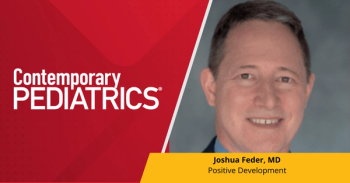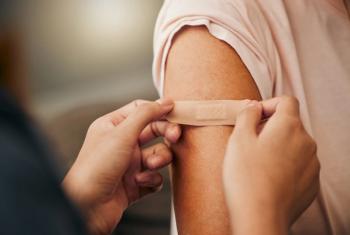
Practical reminders, considerations for anaphylaxis care, with Alice Hoyt, MD, FAAAI
Alice Hoyt, MD, FAAAI, underscored three core recommendations for improving pediatric food allergy management, emphasizing coordinated care and reliable access to epinephrine.
Following her recent
Hoyt stressed that foundational clinical practices remain central to preventing misdiagnosis, improving safety, and ensuring rapid response during allergic emergencies.
“One of the first things is, ideally, of course, have a board-certified allergist on that care team,” she said, noting that diagnosis and management could require specialized expertise. “The board-certified allergists know when to order what tests and how to interpret those tests so that we don’t accidentally label someone with an allergy that they’re not allergic to, and so that we do actually diagnose them with the appropriate food allergy.”
She emphasized that not all food allergies present as anaphylaxis, highlighting frequent confusion between IgE-mediated allergies and other reactions. “Sometimes a family might come in thinking that their child is allergic to eggs — and they might be allergic to eggs — but it’s actually not an anaphylactic food allergy. It’s actually FPIES, food protein-induced enterocolitis syndrome,” she said. “That is not the treatment for FPIES — an epinephrine autoinjector or nasal.
Hoyt underscored that pediatricians play a critical role in coordinating care. A key responsibility, she explained, is developing and disseminating an accurate anaphylaxis action plan. “That is a plan that the pediatrician or nurse practitioner will fill out to really say, ‘Hey, if the kiddo eats this food, then they need to have this medication.' “Where this action plan can really be lifesaving is when we make sure that the child’s school or early child-care center has that action plan,” she said.
Ultimately, Hoyt distilled her guidance into three priorities: “Have an allergist on board with you as a pediatrician, make sure kiddos have an action plan for their food allergy, and then make sure they have their emergency medication," Hoyt concluded.
The Early Childhood Anaphylaxis Collaborative
In a previous interview with Contemporary Pediatrics, Hoyt discussed the Collaborative’s goals and evolving best practices in pediatric anaphylaxis care. Hoyt emphasized that the Collaborative’s impact comes from unifying mission-driven groups to support families and childcare providers.
“It brings together multiple organizations…to really help ensure that when parents send their children to early child-care centers at their youngest ages…that these centers are prepared to prevent, but also recognize and respond to an anaphylaxis emergency,” she said. “It really amplifies the message, which is: we can be prepared, and we can prevent these anaphylactic tragedies, honestly.”
Reference:
Fitch J. Alice Hoyt, MD, discusses the importance of quick epinephrine use for anaphylaxis. Contemporary Pediatrics. Published November 19, 2025. Accessed November 20, 2025. https://www.contemporarypediatrics.com/view/alice-hoyt-md-discusses-the-importance-of-quick-epinephrine-use-for-anaphylaxis
Newsletter
Access practical, evidence-based guidance to support better care for our youngest patients. Join our email list for the latest clinical updates.










